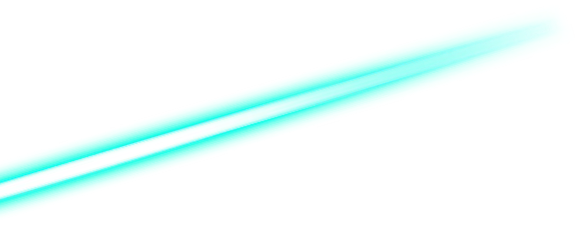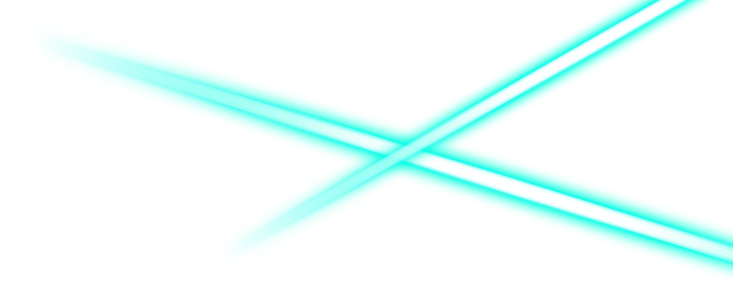Sensors and Technology
In a recent business as usual investment National Grid have equipped all five of our helicopters with state-of-the-art cameras and a laser measurement systems known as LiDAR (laser detection and ranging) to further its inspection capabilities in order assist National Grid in providing its world-class customer service by ensuring the lights are kept on.
This investment has produced an entirely unique capability by building on what was an already specialist platform. National Grid’s aircraft and crews are now not only able to provide the existing well proven visual inspection but also with the introduction of a third crew member operating as a mission system specialist they can now provide a non-visual inspection and capture LiDAR data all on one flight and on any voltage. The sensors are now used widely for both proactive and reactive patrols.
The LiDAR data is used primarily for vegetation management and National Grid have devised an exclusive way of utilising this data to manage the trees and vegetation around its network. Partnering with Fugro, we have replaced the previously used vegetation foot patrol with the existing helicopter inspections using both the observer and new technology to identify existing vegetation infringements and those that will become an issue in the future. This way we can target its rectification in areas that most require attention developing efficiency for both the company and its incumbent vegetation contractors. Using both spreadsheet based data and 3D modelling National Grid engineering and arborist staff can now visualise both the network and vegetation from the office with no requirement to go to site.










